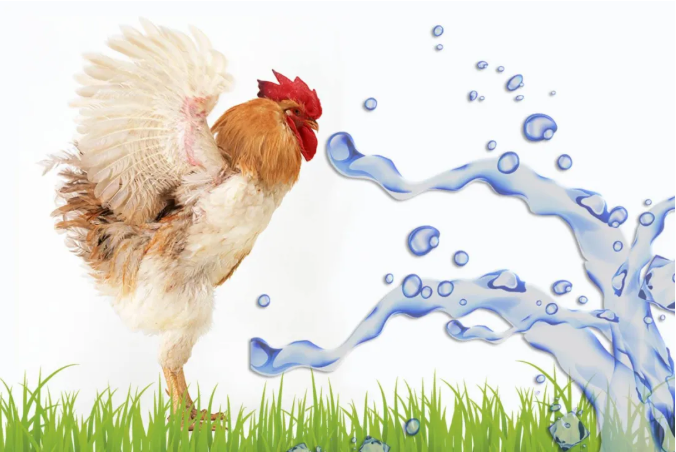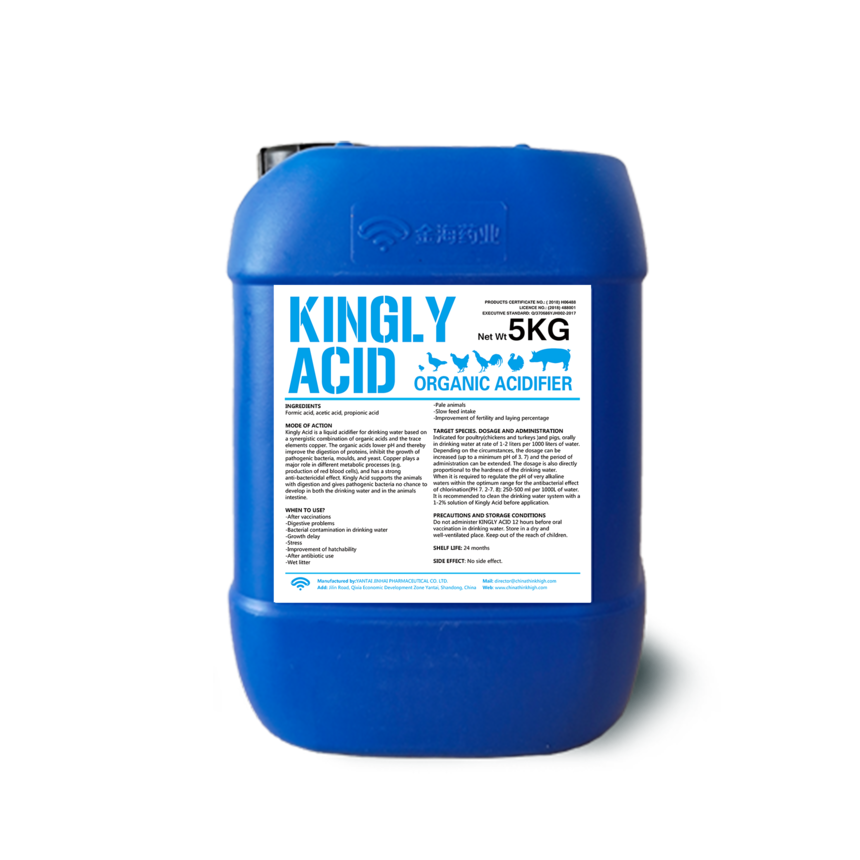|
Managing Poultry Heat Stress: Effective Strategies
As global temperatures rise, heat stress has become one of the most significant environmental challenges facing the poultry industry. High ambient temperatures, often coupled with humidity, can severely impact the health, welfare, and productivity of flocks, leading to substantial economic losses. Modern broilers and layers, bred for high performance, are particularly susceptible due to their high metabolic rates, which generate considerable body heat. Understanding the complex physiological effects of heat stress in poultry is the first step toward implementing effective, multi-faceted coping strategies to ensure flocks not only survive but thrive during periods of intense heat. The Physiology of Heat Stress: More Than Just Feeling Hot
When ambient temperatures exceed a bird's thermoneutral zone (typically 18-25°C), the natural mechanisms for heat dissipation become overwhelmed. Unlike mammals, poultry cannot sweat and rely primarily on panting—rapid, shallow breathing—to cool down through evaporative heat loss from the respiratory tract. While a vital short-term survival mechanism, prolonged panting triggers a cascade of negative physiological consequences. Respiratory Alkalosis: Panting expels carbon dioxide (CO2) from the body faster than the cells can produce it. This excessive loss of CO2 disrupts the blood's delicate acid-base balance, leading to an increase in blood pH, a condition known as respiratory alkalosis. This imbalance can interfere with critical enzyme functions and alter electrolyte balance, affecting nerve and muscle function. To compensate, the bird's kidneys excrete bicarbonate, a key component for eggshell formation, leading to thinner shells and reduced egg quality in layers. Oxidative Stress: Heat stress triggers the overproduction of reactive oxygen species (ROS), or free radicals, in the bird's body. This leads to a state of oxidative stress, where cellular components like proteins, lipids, and DNA are damaged. This cellular damage impairs immune function, reduces growth rates, and can lead to apoptosis (cell death), negatively impacting meat quality and overall health. Compromised Poultry Gut Health: To dissipate heat, blood flow is diverted from internal organs, including the gastrointestinal tract, to the body's surface. This reduced blood flow to the gut impairs its function, leading to decreased nutrient digestion and absorption. The integrity of the intestinal barrier can be compromised, a condition often referred to as "leaky gut," which allows harmful bacteria and toxins to enter the bloodstream, causing systemic inflammation and making birds more susceptible to diseases like necrotic enteritis. Behavioral and Production Impacts: The most immediate signs of heat stress are behavioral. Birds will appear lethargic, spread their wings to release heat, and dramatically increase their water intake while sharply reducing feed consumption. This drop in feed intake is a natural response to reduce the metabolic heat produced during digestion, but it severely hampers growth rates in broilers and egg production in layers. Studies have shown that for every 1°C rise between 25°C and 30°C, feed intake can decrease by 2%, and this jumps to a 5% decrease for every degree rise between 31°C and 35°C. A Multi-Pronged Approach to Mitigation
Effectively managing heat stress requires an integrated approach that combines environmental management, strategic feeding practices, and targeted nutritional interventions.
Creating a cooler environment is the most direct way to alleviate heat stress. Key strategies include:
Simple adjustments to feeding and watering schedules can make a significant difference:
Nutritional strategies aim to compensate for reduced feed intake, support the bird's physiological systems under stress, and correct metabolic imbalances.
The Power of Water Acidification: A Targeted Solution for Heat Stress
One of the most effective and efficient nutritional tools for combating the multifaceted challenges of heat stress is the strategic use of a water acidifier. By directly addressing the physiological disruptions caused by high temperatures, a high-quality organic acidifier provides a powerful, three-pronged defense. Kingly Acid, a gentle yet powerful buffered organic acidifier, is engineered to provide targeted support during periods of heat stress. Its blend of food-grade organic acids—including formic, acetic, and propionic acids—and their salts delivers quantifiable results.
Engineered for cost-effectiveness, Kingly Acid's powerful buffering system allows it to achieve the target pH of ~4.0 at a dilution of just 1:1000. Its gentle, non-corrosive organic salt formula is safe for equipment and, more importantly, supports a healthy gut microbiome, leading to improved feed conversion ratios (FCR) even under stressful conditions. Conclusion: An Integrated Strategy for a Cooler FlockHeat stress is an unavoidable challenge in modern poultry production. However, its detrimental effects can be significantly mitigated through a proactive and integrated management plan. By combining smart environmental controls and strategic feeding with advanced nutritional solutions like water acidification, producers can build flock resilience. A high-performance, buffered organic acidifier like Kingly Acid serves as a cornerstone of this nutritional strategy, directly addressing the core physiological disruptions of heat stress—restoring acid-base balance, promoting gut health, and ensuring water sanitation. This comprehensive approach not only protects animal welfare but also safeguards the productivity and profitability of the poultry enterprise in the face of a warming world. |




